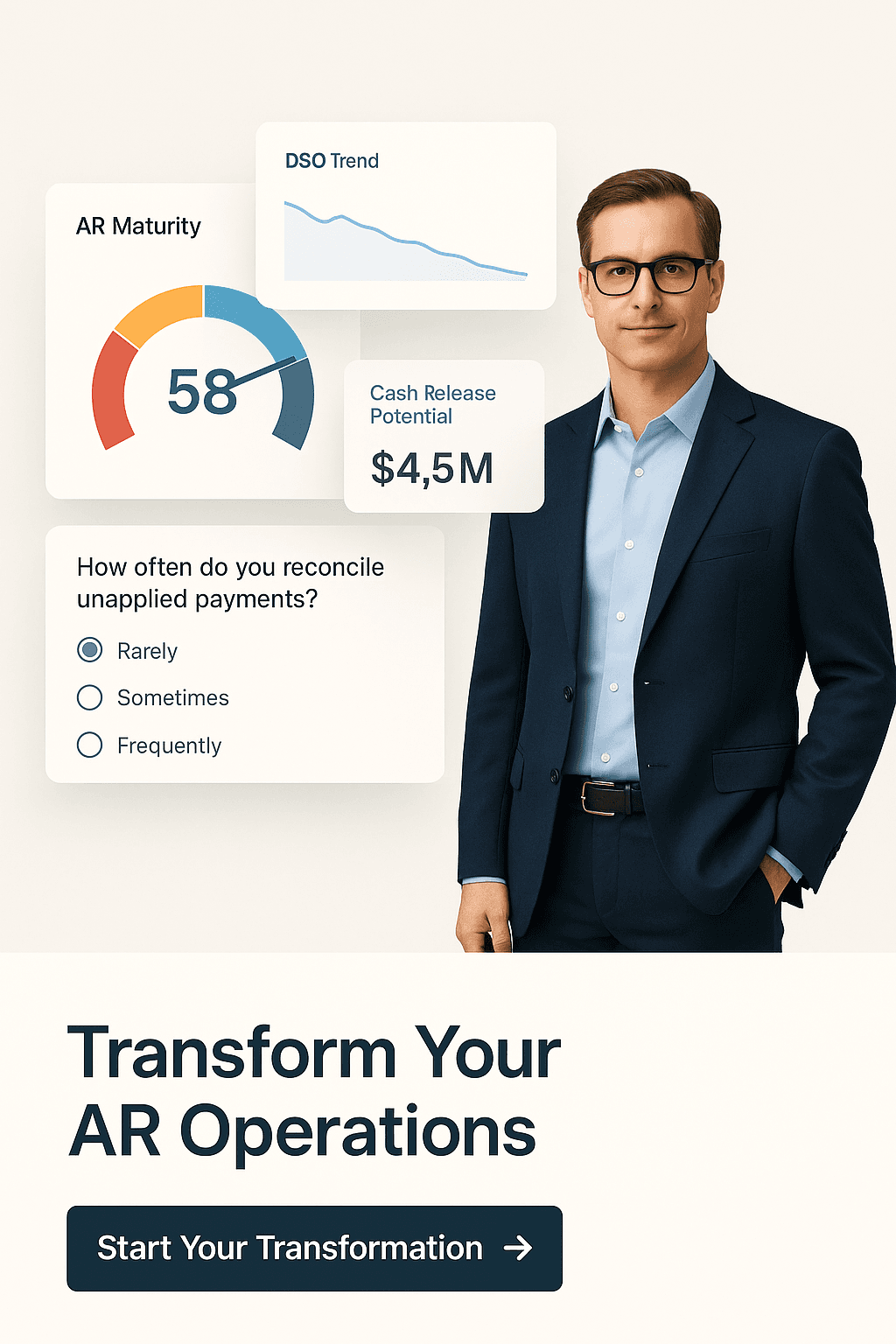Why Working More Hours Doesn’t Mean Getting More Done

The clock is ticking, deadlines are looming, and the pressure to perform is mounting. It's easy to fall into the trap of believing that the only way to keep up is to put in more hours. But what if we told you that the secret to success isn't about working longer, but working smarter?
The Productivity Myth: Why Working More Hours Doesn’t Mean Getting More Done
We live in a culture that often glorifies the hustle, equating long hours with dedication and success. But the truth is, simply spending more time at your desk doesn't automatically translate into higher productivity. In fact, it can often have the opposite effect. This blog post dives into the productivity myth, exploring why working longer doesn't necessarily equate to getting more done, and provides actionable strategies to boost your actual productivity levels.
The Problem with Overworking: A Recipe for Burnout
The most significant downside to consistently putting in long hours is the risk of burnout. Burnout is a state of emotional, physical, and mental exhaustion caused by prolonged or excessive stress. It's characterized by:
- Feelings of depletion: A constant sense of fatigue, even after adequate sleep.
- Increased cynicism: Negative and detached feelings towards your work.
- Reduced professional efficacy: A decline in your ability to perform effectively.
Burnout doesn't just impact your work; it can also affect your physical and mental health, leading to anxiety, depression, and other health problems.
Example: Imagine a software developer who consistently works 60-80 hours a week to meet project deadlines. Initially, they might see some short-term gains in output. However, over time, the constant pressure and lack of rest will likely lead to burnout. They may start making more mistakes, feeling unmotivated, and even developing physical symptoms like headaches and insomnia.
The Law of Diminishing Returns: When More Isn't Better
The Law of Diminishing Returns states that at some point, adding more of one factor of production (in this case, work hours) while holding other factors constant, will at some point yield lower incremental per-unit returns. Simply put, after a certain point, each additional hour you work becomes less and less productive. This is because:
- Concentration fades: Our brains can only maintain peak focus for a limited time. After a while, our attention wanders, and our ability to process information declines.
- Decision fatigue sets in: Making constant decisions depletes our mental energy, leading to poor choices and decreased efficiency.
- Creativity suffers: When we're constantly under pressure and overworked, our ability to think creatively and come up with innovative solutions diminishes.
Key Insight: Think of your brain as a muscle. It needs rest and recovery to perform at its best. Just like overtraining in the gym can lead to injury, overworking your brain can lead to decreased productivity.
Science-Backed Strategies for Working Smarter, Not Harder
So, how do you break free from the productivity myth and work smarter, not harder? Here are some evidence-based strategies:
1. Time Blocking: Mastering Your Schedule
Time blocking is a technique that involves scheduling specific blocks of time for specific tasks. This helps you allocate your time effectively and prioritize your most important work.
- How it works: Divide your day into blocks of time and assign specific tasks to each block. Be realistic about how long tasks will take and schedule breaks in between.
- Example: Instead of just having "work on presentation" on your to-do list, schedule a 2-hour block from 9:00 AM to 11:00 AM specifically for working on the presentation.
- Benefits: Increased focus, reduced distractions, and a clear sense of progress.
2. The Pomodoro Technique: Short Bursts of Focus
The Pomodoro Technique is a time management method that involves working in focused 25-minute intervals, separated by short breaks.
- How it works: Work for 25 minutes, then take a 5-minute break. After four "pomodoros," take a longer break of 20-30 minutes.
- Benefits: Improved concentration, reduced mental fatigue, and increased motivation.
- Why it works: The short bursts of focused work help you stay engaged and prevent burnout, while the breaks allow your brain to rest and recharge.
3. Prioritization Techniques: Focusing on What Matters Most
Not all tasks are created equal. It's essential to prioritize your work and focus on the tasks that will have the biggest impact.
-
The Eisenhower Matrix (Urgent/Important): This matrix helps you categorize tasks based on their urgency and importance.
- Urgent and Important: Do these tasks immediately.
- Important but Not Urgent: Schedule these tasks for later.
- Urgent but Not Important: Delegate these tasks if possible.
- Neither Urgent nor Important: Eliminate these tasks altogether.
-
The Pareto Principle (80/20 Rule): This principle states that 80% of your results come from 20% of your efforts. Identify the 20% of tasks that produce the most significant results and focus your energy on those.
4. Rest and Recovery: The Foundation of Productivity
Adequate rest and recovery are crucial for maintaining high levels of productivity. This includes:
- Getting enough sleep: Aim for 7-9 hours of quality sleep each night.
- Taking regular breaks: Step away from your desk every hour to stretch, walk around, or simply clear your head.
- Practicing mindfulness: Take a few minutes each day to meditate or practice deep breathing exercises to reduce stress and improve focus.
- Engaging in activities you enjoy: Spend time outside of work doing things that bring you joy and help you relax.
5. Eliminating Distractions: Creating a Focused Environment
Distractions are productivity killers. To work smarter, you need to create a focused environment that minimizes interruptions.
- Turn off notifications: Silence your phone and close unnecessary tabs on your computer.
- Communicate your boundaries: Let your colleagues or family members know when you need uninterrupted time to focus.
- Use noise-canceling headphones: Block out distracting sounds with noise-canceling headphones or ambient music.
- Find a quiet workspace: If possible, work in a quiet and secluded area where you won't be disturbed.
Conclusion: Embracing a Smarter Approach to Work
The productivity myth is a pervasive belief that can lead to burnout, decreased creativity, and lower efficiency. By embracing a smarter approach to work that prioritizes focus, rest, and strategic planning, you can break free from this myth and achieve more with less effort. It's time to shift your mindset from working longer to working smarter and creating a sustainable path to success. Remember, your well-being is just as important as your output.
You may also like
Wednesday, 6 Aug 2025
Discover Comfort and Convenience at Sunlight Residency – Your Ideal Hotel Room in Chennai’s Chrompet

